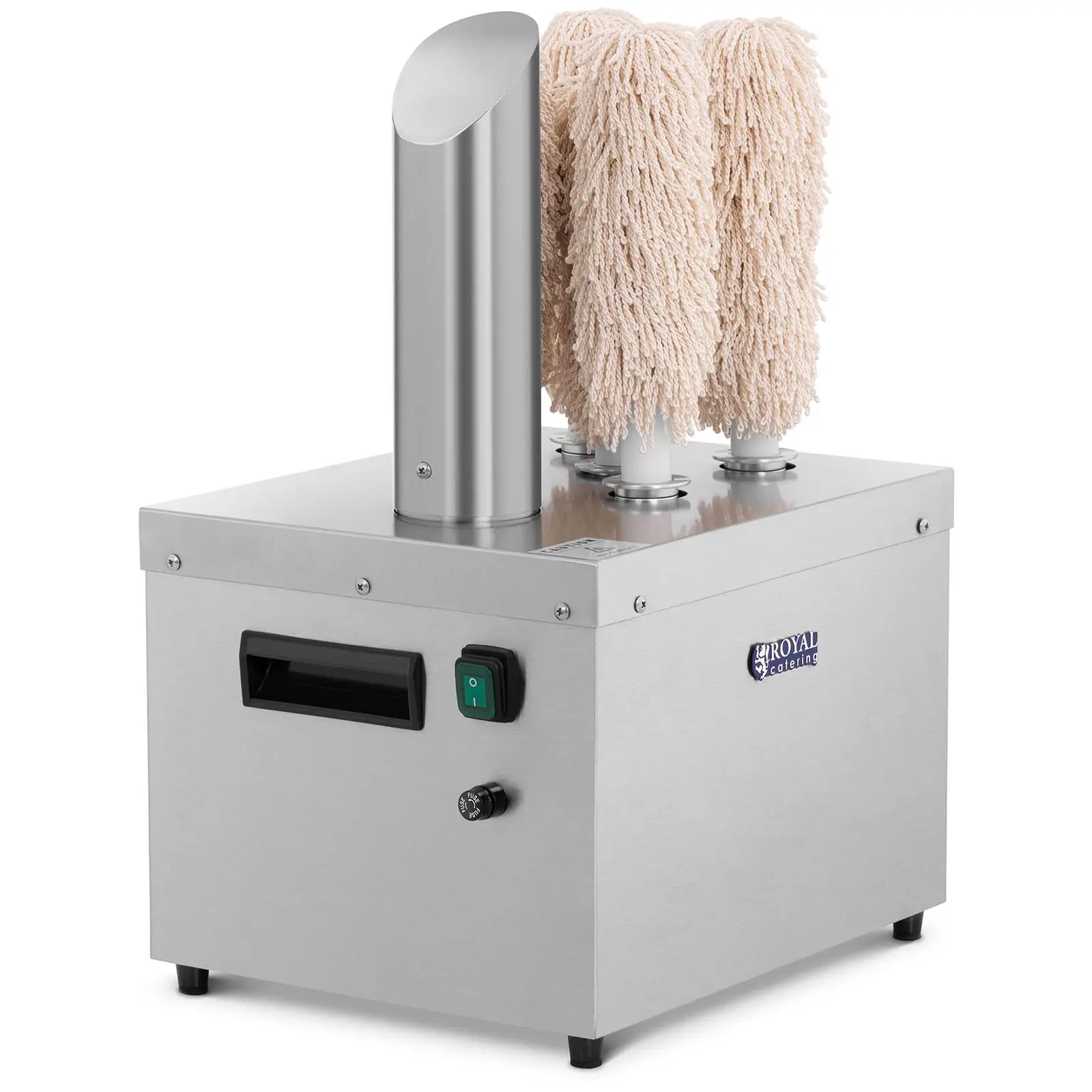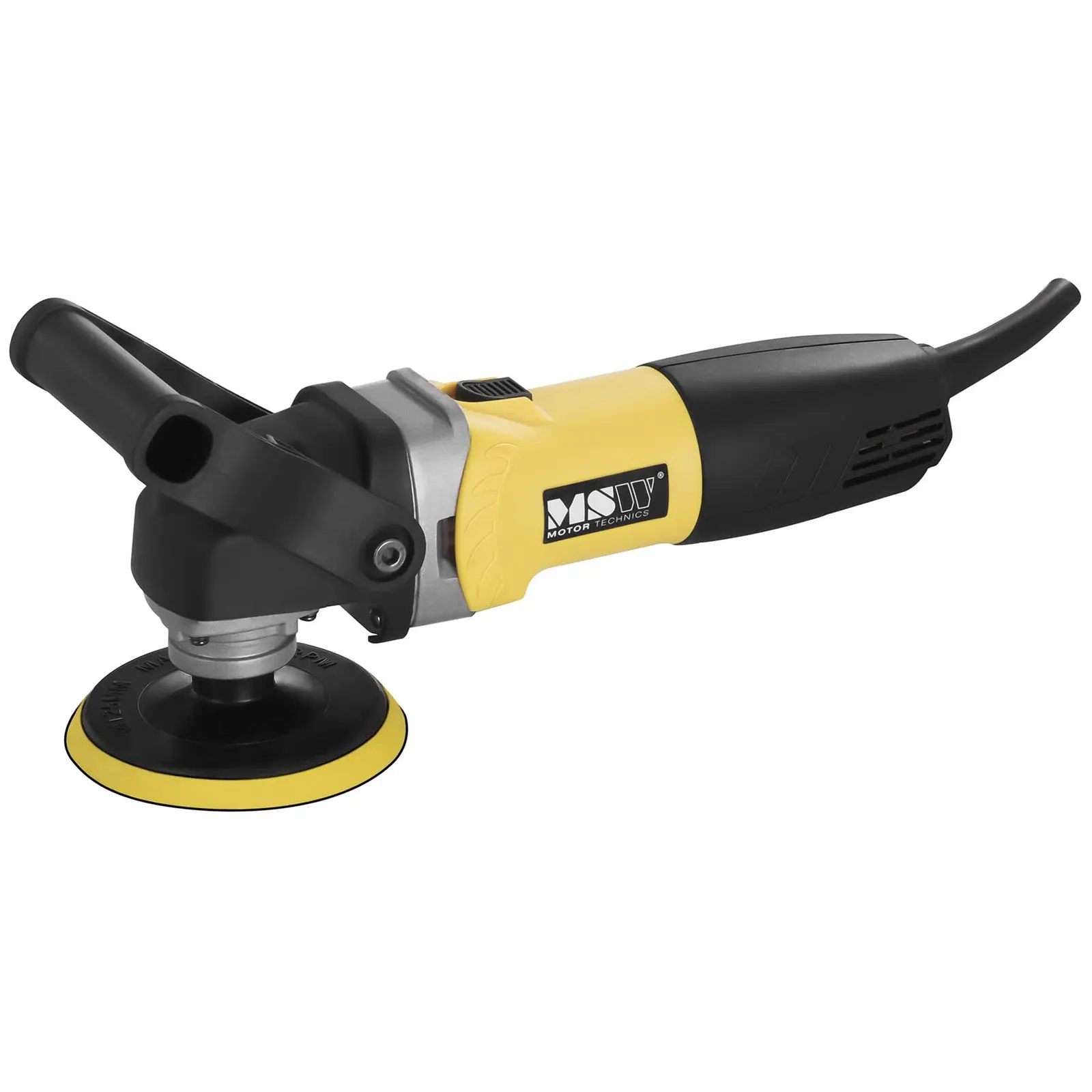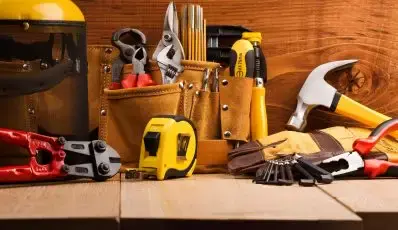Regardless of whether you are the proud owner of an elegant wristwatch or a bartender who wants to serve drinks in immaculately clean glasses, knowing how to properly polish glass can always come in handy. In this article we shall take a closer look at a number of effective methods to achieve a perfectly clean and smooth surface.

Regardless of whether you are the proud owner of an elegant wristwatch or a bartender who wants to serve drinks in immaculately clean glasses, knowing how to properly polish glass can always come in handy. In this article we shall take a closer look at a number of effective methods to achieve a perfectly clean and smooth surface.
Necessary accessories for glass polishing
Before you start polishing glass surfaces, you should prepare the necessary tools and accessories. Your choice largely depends on the type of glass, and also the intended use of the item you want to polish.
How to polish drinking glasses and other similar items?
For polishing glasses and other glass tableware items, you can use cleaning products available in every household, as well as specialised products.
Home methods most often boil down to thoroughly cleaning the surface with a soft cloth. Make sure you use a material that does not fray, so as to avoid tiny threads on the glass surface. Microfibre cloths will work best in this case. Also check that the cloth is not dirty, otherwise you will leave ugly streaks on the polished items.
A popular solution for polishing drinking glasses are glass polishers. They most often have brushes that clean the glass from each side, and use a stream of warm air that dries both the glasses and the brushes.
What should you use to polish a wristwatch?
In the case of watches, it is important that you know what kind of glass you will be dealing with. Cheaper models usually use hesalite glass, more expensive ones use mineral glass, while sapphire glass is used for high-end watches.
For polishing the first type you will need a dedicated polishing paste to remove small scratches. Larger defects will require a 800 to 3000 grit sandpaper. Mineral and sapphire glasses are more difficult to polish, so professional tools and a special diamond paste will be needed. A microfibre cloth will be good for polishing all types.
What should you use to polish glass panes?
On top of windows, sometimes you also have to polish other glass panes, such as those found in some furniture. To do so the first thing you will need is a microfibre cloth to wash and degrease the surface. As in the case of polishing watches, here you will also need some polishing paste. A high-quality polisher with speed control and felt discs would make the job much easier. If you are going to work on loose pieces of glass, make sure you also have something to keep it firmly in place.
How should you polish glass tableware
Polishing glass tableware items is mainly about a transparent effect and glossy finish. Removing scratches is very difficult, especially if they are deep. For small, shallow scratches, you can try using whitening toothpaste. Apply a small amount with a cloth, and rub the scratched area in a circular motion for a few minutes. You can also use toothpaste to clean silver household items.
You should start polishing shortly after washing the dishes, so that they dry themselves, and then slightly moisten them using steam. You can boil water in a pot or kettle to do so, or the steam function on some coffee machines would be perfect. Do not breathe onto polished glass, for hygiene reasons. Using gloves will help you avoid smearing the surface after polishing. Start polishing each item from the inside, making gentle circular motions with a cloth and slowly working your way to the rest. In the case of drinking glasses, start with the smaller ones, paying special attention to the bottom where sediment most often accumulates. Narrow cups, for example champagne glasses, require more care, and should be polished starting from the edge, then wiped in a spiral motion on the inside and finish off with the bottom. Hold wine glasses by the stems to reduce the risk of breakage. Afterwards, check them against the light for streaks and smears.
Glass polishers will significantly speed up the entire process. Just place whatever type of glass you have between the brushes and the rotating heads will clean it for you. The hot air generated by the fan will then dry the brushes and the glass, minimising the risk of stains. The polishing time is usually from a few seconds to a minute.
How to remove scratches and polish the glass on wristwatches
The polishing method depends on the material of the watch glass. Hesalite glass can be polished at home using simple methods. Start off by wiping the surface with a lightly moistened microfibre cloth, then rub the surface with 800 grit sandpaper, before moving on to 3000 grit sandpaper to finish it off. If the defects are shallow, you can start by polishing with a coarser grit paper.
Watches with mineral glass require the use of specialised equipment for watchmakers, while sapphire glass can only be polished using diamond polish. The whole process requires a lot of skill and precision, so it is not recommended for beginners.
In addition to the glass, you can also clean the metal watch bracelet. In this case you could consider using an ultrasound cleaner. You can find more on this topic in our other article about cleaning jewellery using ultrasound.
Polishing glass window panes step by step
Start off by cleaning and degreasing the glass surface thoroughly. Dirt particles can scratch the glass or reduce the effectiveness of the polisher. Once you have finished the above process, dry the whole piece of glass and secure it firmly so that the glass does not move during polishing. In the case of window panes permanently placed in frames, protect the frame against damage.
Place the polishing paste on the felt disk attached to the polisher. Remember to set the appropriate rotation speed for polishing glass, which should not exceed 600 rpm, so that the glass does not get damaged. For the best results, try to polish an area with a diameter of approx. 40 cm for a maximum of 30 minutes. Remember to apply the same amount of pressure on the polisher and for the same time on the remaining parts of the glass. This will ensure an even finish. Then wipe the polishing paste off the glass with a damp cloth and check if you have managed to get rid of the scratches.
It is very important when polishing glass with paste and felt discs to check that there are no dried lumps on the disc. If you see any, get rid of them immediately as they may affect the quality of your work.
You now know how to polish glass!
Polishing glass is an excellent solution for cleaning glass surfaces and making them transparent and shiny. It is also a great way to get rid of scratches. Note, however, that this only applies to minor scratches. The bigger and deeper they are, the more material you will need to polish. In this case, it is better to consider buying new tableware, glasses or a new watch.









Share